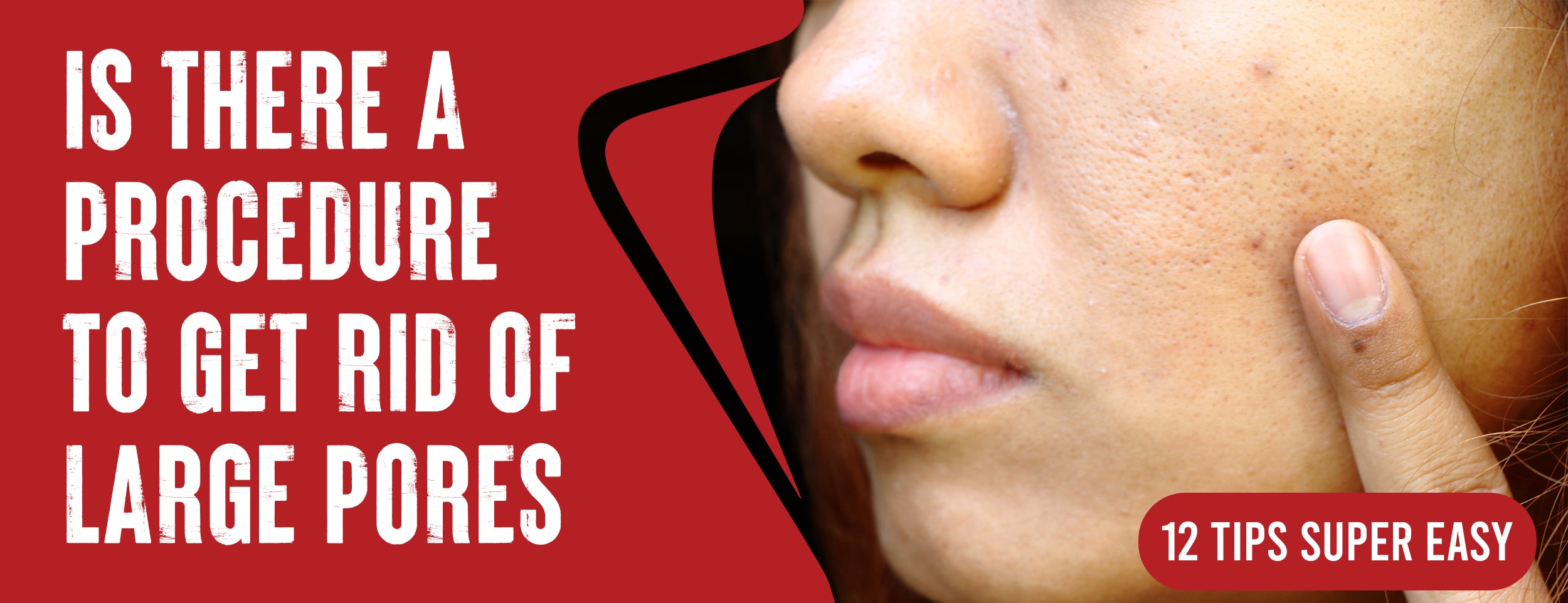You may have heard of needle electrolysis hair removal if you are looking for a permanent solution to unwanted hair.
This method uses a thin needle or probe to deliver an electric current to the hair follicle, destroying it and preventing hair growth. Needle electrolysis hair removal is the only hair removal method that is recognized by the FDA and the American Medical Association as permanent.
But how does it work, what are the benefits and risks, and can you do it at home? In this article, we will answer all these questions and more.
Needle Electrolysis Hair Removal: How It Works

Needle electrolysis hair removal works by inserting a small needle or probe into the opening of the skin where the hair grows. The needle or probe is attached to a device that generates an electric current.
The current passes through the needle or probe into the hair follicle, creating heat or chemical reactions that damage the follicle and cause the hair to fall out. There are three different types of needle electrolysis hair removal, depending on the type of current used:
- Galvanic electrolysis: Uses direct current (DC) electrolysis, which means a direct electric current is passed down the needle into the hair follicle. This chemical reaction converts tissue saline into sodium hydroxide, a caustic agent that destroys the hair bulb.
- Thermolysis: Uses high-frequency alternating current (AC) electrolysis, which means a high-frequency current is passed into the hair follicle via the needle. This causes vibration in the hair follicle cells, producing enough heat to cauterize the bulb.
- Blend method: Combines galvanic and thermolysis electrolysis, using direct and alternating currents to achieve a more effective result.
The type of needle electrolysis hair removal that is best for you depends on your hair type, skin type, pain tolerance, and budget. There is no conclusive evidence that one method is more effective than another, so it is best to consult a professional electrologist to determine which suits your needs.

How to Choose the Right Electrolysis Hair Removal Machine?
If you remove needle electrolysis hair, you must choose a machine that can perform the procedure safely and effectively. Many machines are available on the market, but not all are reliable or suitable for your skin and hair type. Here are some factors to consider when choosing a needle electrolysis hair removal machine:
- Quality: You want a machine of high-quality materials and components with a good reputation, reviews, warranty, and customer service. You also want a machine with safety features such as automatic shut-off, adjustable intensity, and sterilizable probes.
- Type: You need to find a machine that performs the needle electrolysis hair removal you prefer, whether galvanic, thermolysis, or blend. Some machines can do all three types, while others can only do one or two.
- Size: You need to consider the size and weight of the machine, as well as its portability and power source. Some machines are small and compact, while others are bulky and heavy. Some machines are battery-operated, while others need to be plugged into an outlet.
- Price: You need to compare different machines' prices and see which fits your budget. The price of electrolysis hair removal machines can range from $100 to $1000, depending on their quality, features, and brand.
Numbing Creams & Needle Electrolysis Hair Removal
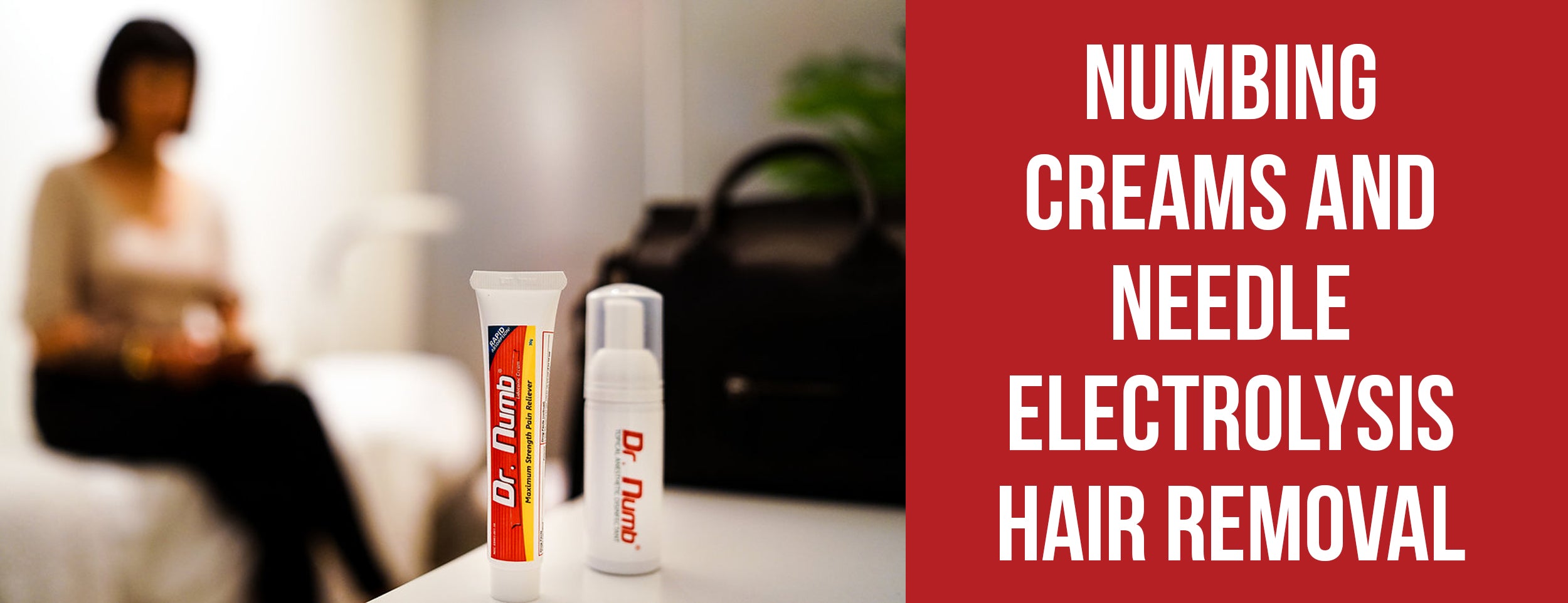
One of the main drawbacks of needle electrolysis hair removal is that it can be painful. The pain level varies from person to person, depending on their skin sensitivity, pain threshold, and the area being treated. Some people describe it as a slight tingling or stinging sensation, while others find it unbearable.
You can use numbing creams or gels before the procedure to reduce needle electrolysis hair removal pain and discomfort. These are topical anesthetics that block the nerve signals that transmit pain sensations to the brain. They can make the procedure more tolerable and less stressful.
Numbing creams are not without risks or side effects. Some of them include:
- Allergic reactions: Some people may be allergic to some of the ingredients in numbing creams, such as lidocaine or benzocaine. This can cause itching, swelling, redness, or rash on the skin.
- Overdose: Some people may apply too much numbing cream or leave it on for too long, which can lead to an overdose of the active ingredient. This can cause serious symptoms such as irregular heartbeat, drowsiness, confusion, seizures, or coma.
- Infection: Some numbing creams may contain preservatives or additives that irritate the skin or cause infection. This can worsen the healing process and increase the risk of scarring or pigmentation.
- Reduced effectiveness: Some numbing creams may reduce the effectiveness of needle electrolysis hair removal, as they can interfere with the electric current or the chemical reaction. This can result in incomplete hair removal or more sessions needed.
Therefore, if you decide to use numbing creams for needle electrolysis hair removal, you need to follow these precautions:
- Choose a numbing cream specifically designed for needle electrolysis hair removal; the FDA or your local health authority has approved that.
- Read the instructions and warnings on the label carefully, and follow them exactly. Do not apply more than the recommended amount or leave it longer than the suggested time.
- Do a patch test on a small skin area before using the numbing cream on a larger area. If you experience any adverse reactions, stop using it immediately and consult your doctor.
- Do not use numbing creams on broken, irritated, or infected skin or areas with moles, warts, or tattoos.
- Do not use numbing creams if you are pregnant, breastfeeding, or have any medical conditions that affect your heart, liver, kidneys, or blood pressure.
- Do not use numbing creams with other medications or substances that can interact with them, such as alcohol, antihistamines, or antidepressants.
Needle Electrolysis Hair Removal vs. Non-Needle Methods

Needle electrolysis hair removal is not the only method of hair removal that claims to be permanent. There are also non-needle methods that use different technologies to remove hair, such as:
- Laser hair removal: This uses a beam of light that targets the pigment in the hair follicle and heats it until it destroys it. Laser hair removal can treat larger areas faster than needle electrolysis hair removal, but it is more expensive and less effective on light-colored or fine hair. It also requires multiple sessions and maintenance treatments to achieve lasting results.
- Intense pulsed light (IPL) hair removal: Uses a broad spectrum of light that flashes over the skin and damages the hair follicle. IPL hair removal is similar to laser hair removal but uses lower energy levels and a wider range of wavelengths. It can be cheaper and more versatile than laser hair removal, but it is also less precise and more likely to cause side effects such as burns, blisters, or discoloration.
- Electric tweezers: This uses a pair of tweezers that passes an electric current through the hair shaft and weakens it. Electric tweezers are easy to use and painless but ineffective at destroying the hair follicle. The FDA also does not recognize them as a permanent hair removal method.
The main advantage of needle electrolysis hair removal over non-needle methods is that it can work on any hair color, texture, thickness, and skin tone. It can also target individual hairs with precision and accuracy.
Removing hair by needle electrolysis is also more painful, time-consuming, and costly. It also requires more skill and experience to perform safely and effectively.
Needle Electrolysis Hair Removal: The At-Home Experience

Needle electrolysis hair removal can be done at home with a DIY kit that includes a machine, probes, tweezers, and instructions. To remove hair with needle electrolysis at home, several things must be considered:
- It can be dangerous: Needle electrolysis hair removal involves using electricity and needles on your skin, posing serious risks if done incorrectly. You can cause burns, scars, infections, or nerve damage if you use the wrong settings, insert the probe too deep or too shallow, or touch other body parts with the probe.
- It can be ineffective: Needle electrolysis hair removal requires a lot of skill and practice to achieve excellent results. You need a steady hand, good eyesight, and proper technique to insert the probe into each hair follicle's right angle and depth. You also need to adjust the intensity and duration of the current according to your skin type and sensitivity. You will not get permanent results if you make mistakes or miss hairs.
- It can be expensive: Needle electrolysis hair removal machines are costly, especially if you want a high-quality one that can perform all three types of electrolysis. You must also buy replacement probes and tweezers regularly, as they wear out over time. You may spend more money buying and maintaining your machine than going to a professional electrologist.
Be cautious when using needle electrolysis at home to remove hair: research machine selection, proper usage, and post-procedure skincare. Consult a doctor beforehand to ensure no medical conditions or medications interfere.

The Precautions and Risks of Needle Electrolysis Hair Removal
Needle electrolysis hair removal is a safe and effective method of permanent hair removal, but it has risks and side effects. Some of the common ones include:
- Pain and discomfort: As mentioned earlier, needle electrolysis hair removal can cause pain and discomfort during and after the procedure. You may feel a sharp or burning sensation when the probe enters the skin or a throbbing or tingling sensation when the current is applied. You may also experience swelling, redness, inflammation, or tenderness in the treated area for a few days or weeks.
- Infection: There is a risk of infection if the probe or the skin is improperly sterilized or if you do not follow the aftercare instructions. You may develop pus, blisters, crusts on the treated area, or signs of systemic infection such as fever, chills, or nausea. You must keep the treated area clean and dry and apply antiseptic cream or lotion as your electrologist directs. You must also avoid touching, scratching, or picking at the treated area and avoid exposure to sunlight, heat, or chemicals.
- Scarring: There is a risk of scarring if the probe or the current causes skin tissue damage or if you develop an infection or an allergic reaction. You may notice raised, depressed, or discolored scars on the treated area, which can be permanent or fade. You must protect the treated area from sun damage and use scar-reducing products, as your electrologist recommends.
- Pigmentation: Pigmentation risk arises if the probe or current affects the skin's melanin responsible for color. Hyperpigmentation (darkening) or hypopigmentation (lightening) of the treated area may occur temporarily or permanently. Follow your electrologist's advice: avoid sun exposure, apply sunscreen, and use skin-lightening or skin-darkening products.
- Nerve damage: There is a risk of nerve damage from the probe or current that damages the nerve endings in your skin, which are responsible for your sensation and movement. You may experience numbness, tingling, weakness, or paralysis of the treated area or nearby areas, which can be temporary or permanent. You need to consult your doctor immediately if you notice any signs of nerve damage.
Tips for Successful Needle Electrolysis Hair Removal at Home

To perform needle electrolysis hair removal successfully at home, you must follow these tips:
- Choose a suitable area: You need to choose an area that is easy to access and see, such as your legs, arms, underarms, bikini line, or chest. Avoid areas that are sensitive, delicate, curved, or hard to reach, such as your face, eyebrows, ears, nose, genitals, or anus.
- Prepare your skin: You must cleanse and exfoliate before the procedure to remove any dirt, oil, makeup, or dead skin cells that can interfere with the probe insertion. You also need to shave or trim your hair to a short length (about 1 mm) to make it easier for the probe to reach the follicle.
- Prepare your machine: You need to read the manual and instructions of your machine carefully and familiarize yourself with its features and functions. You must also sterilize your probes and tweezers with alcohol before each use and dispose of them after each session.
- Test your settings: Test your machine on a small skin patch before using it on a larger area. You must adjust your skin type and sensitivity to the current intensity and duration. Start with low settings and increase gradually until you find an effective but not too painful level.
- Insert the probe: You need to hold it like a pencil and insert it where the hair grows on your skin. You must insert it at the same angle and direction as the hair grows until you feel slightly resistant. Do not insert it too deep, shallow, or sideways, as this can cause damage to the skin or the follicle. You need to insert the probe for each hair individually and not move it around once inserted.
- Apply the current: Once the probe is inserted, press a button or a pedal to activate the current. You need to hold the current for a few seconds until you feel a slight tug or release of the hair. You need to apply the current individually to each hair and avoid moving the probe while the current is on, as this can cause burns or scars.
- Remove the hair: You need to use a pair of tweezers to gently pull out the hair after applying the current. You need to pull it in the same direction as the hair growth, not twist or yank it, as this can cause bleeding or ingrown hairs. You need to remove each hair individually and not pluck multiple hairs simultaneously, which can cause pain or infection.
- Repeat the process: You must repeat the process for each hair in the area you want to treat. You must be patient and meticulous, as needle electrolysis hair removal can take a long time and require multiple sessions to achieve permanent results. You also need to avoid overlapping or skipping areas, which can cause uneven results or regrowth.
Needle Electrolysis for Facial Hair Removal

For facial hair removal, needle electrolysis can target areas like eyebrows, upper lip, and chin. Due to the face's sensitivity, delicacy, and visibility, it requires extra care and caution. Here are tips for successful needle electrolysis on your face:
- Consult a professional: Before doing needle electrolysis hair removal on your face, you should consult a professional electrologist who can assess your skin and hair type, recommend the best type of electrolysis for you, and advise how to prepare and care for your skin. You should also consider having your first session done by a professional who can show you how to use the machine correctly and safely.
- Choose a small area: When removing facial hair with needle electrolysis, you should start with a small and inconspicuous area, such as your upper lip or chin. This way, you can test your tolerance and reaction to the procedure and see if you are satisfied with the results. You should also avoid electrolysis hair removal in areas close to your eyes, nose, mouth, or ears, as these are more prone to complications and infections.
- Use a magnifying mirror: To remove your facial hair with needle electrolysis, use a magnifying mirror to help you see each hair clearly and accurately. You should also have good lighting and ventilation in your room and avoid distractions or interruptions while performing the procedure.
- Be gentle: When electrolysis is performed on your face, it is important to be gentle and careful with your skin. You should use low settings and short durations of current and avoid applying too much pressure or force with the probe or the tweezers. You should also moisturize and soothe your skin after the procedure and avoid harsh products or treatments that can irritate or inflame your skin.

Needle Electrolysis Hair Removal for Different Hair Types and Skin Tones
Needle electrolysis hair removal can work on any hair type and skin tone, unlike other methods that rely on pigment or contrast between the hair and skin. Removing needle electrolysis hair, skin tones, and hair types may require different approaches and considerations. Here are some tips for successful electrolysis hair removal with needles.
- Coarse or curly hair: If you have coarse or curly hair, you may need more sessions and higher current settings to achieve permanent results. This is because coarse or curly hair has thicker and deeper follicles that are harder to destroy. You may also experience more pain and discomfort during the procedure and more ingrown hair afterward. You should exfoliate your skin regularly to prevent ingrown hairs and use numbing creams or gels if needed.
- Fine or light-colored hair: If you have fine or light-colored hair, you may need fewer sessions and lower settings to achieve lasting results. This is because fine or light-colored hair has thinner and shallower follicles that are easier to destroy. You may also have more difficulty seeing each hair clearly and inserting the probe accurately. You should use a magnifying mirror and good lighting to help you locate each hair.
- Dark skin: If you have dark skin, there is a higher risk of pigmentation changes after needle electrolysis hair removal. The larger amount of melanin in dark skin can react with the electric current or chemical process. You may experience temporary or permanent darkening or lightening of the treated area. To minimize this, use sunscreen, avoid sun exposure on the treated area, and follow your electrologist's advice on products that lighten or darken the skin.
- Sensitive skin: Sensitive skin poses a higher risk of irritation, inflammation, or infection after needle electrolysis hair removal. This is due to increased nerve endings and blood vessels that can react to the electric current or needle insertion. Expect swelling, redness, or pain in the treated area, lasting a few days or weeks. To mitigate this, use antiseptic cream or lotion, refrain from touching or scratching, and avoid skin-aggravating products or treatments.
Conclusion
Hair removal through needle electrolysis is a permanent method that works on all hair types and skin tones. It involves using an electric current to destroy a hair follicle by delivering it an electric current through a needle or probe.
You can get rid of hair with needle electrolysis with a DIY kit, but it requires a lot of skill, patience, and caution. It can also cause pain, discomfort, and side effects such as infection, scarring, pigmentation, or nerve damage.
You should consult an electrologist before starting any needle electrolysis hair removal procedure, and follow the instructions and precautions carefully. Needle electrolysis hair removal can help you achieve smooth and hair-free skin for life, but it is not a quick or easy solution.



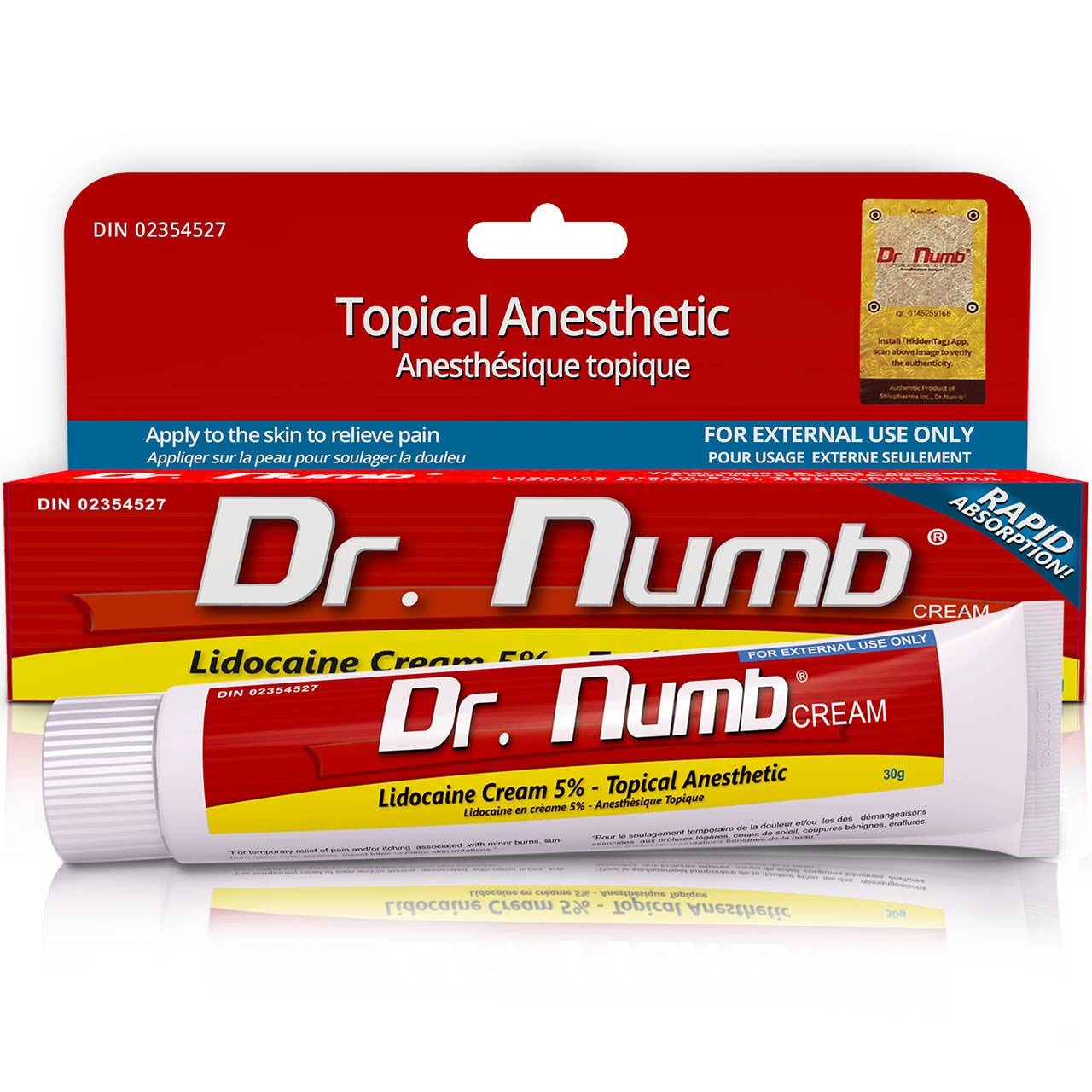









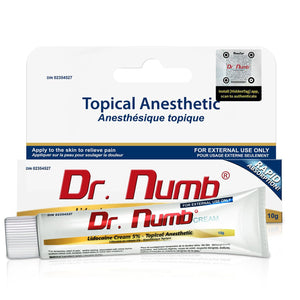
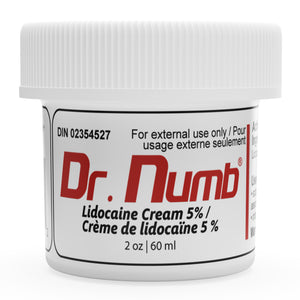
![The Cost of Full Body Electrolysis: 4 Factors and 5 Costs [with 3 Alternatives]](http://drnumb.ca/cdn/shop/articles/How_Much_Is_Full_Body_Electrolysis_4_Factors_Cost_Efficiency.jpg?v=1713417391)
![The 6 factors that cause scarring [7 tips to prevent and manage it]](http://drnumb.ca/cdn/shop/articles/Does_Electrolysis_Cause_Scarring__5_Reasons_7_Prevention_Tips.jpg?v=1713357293)
